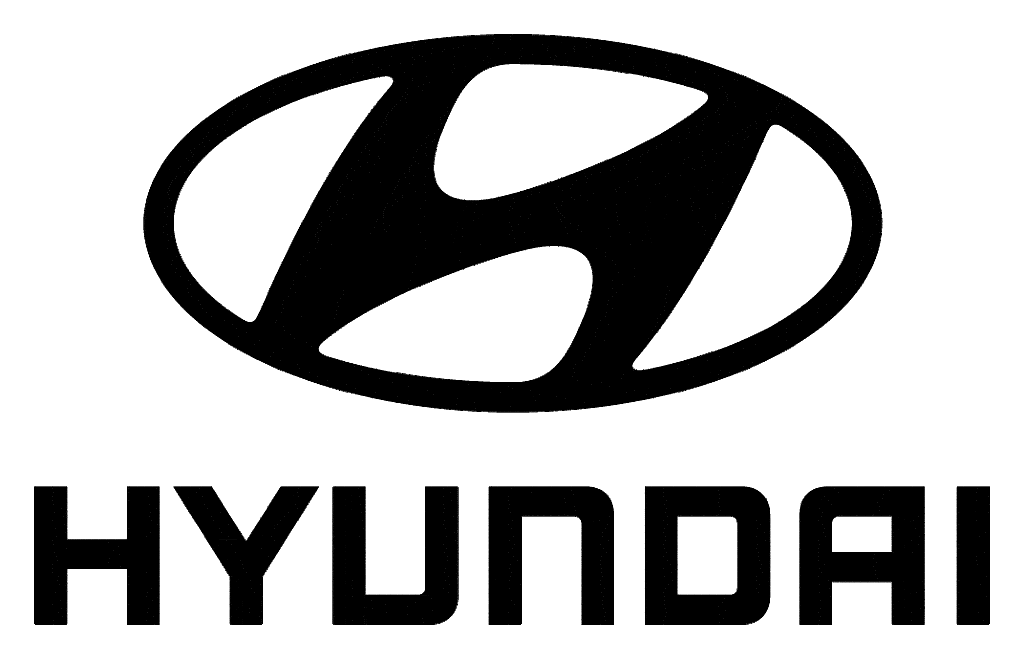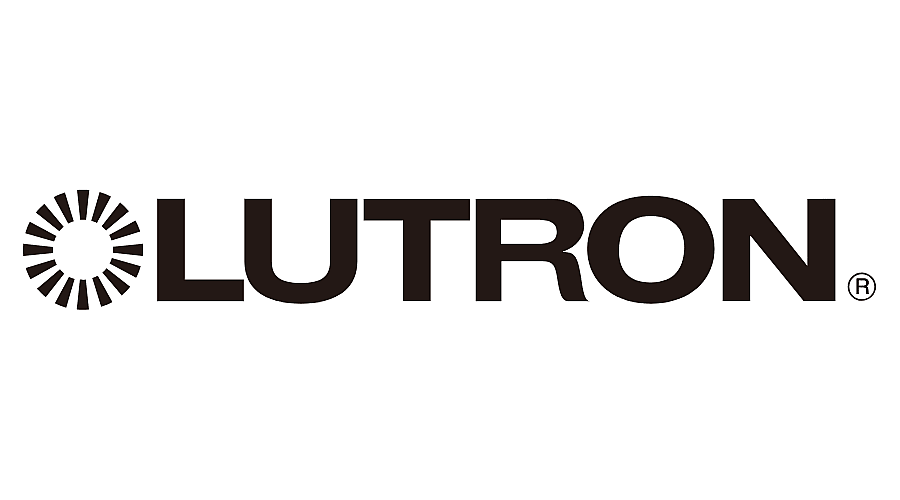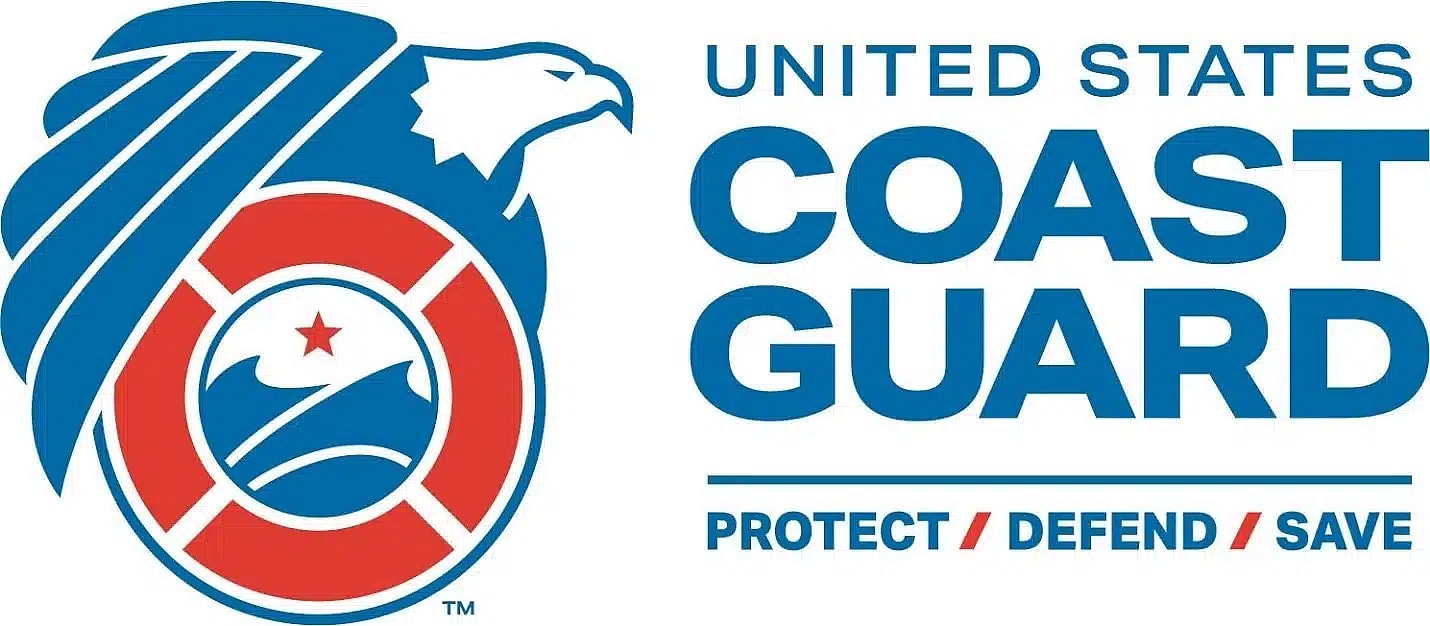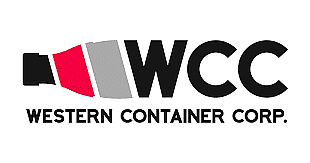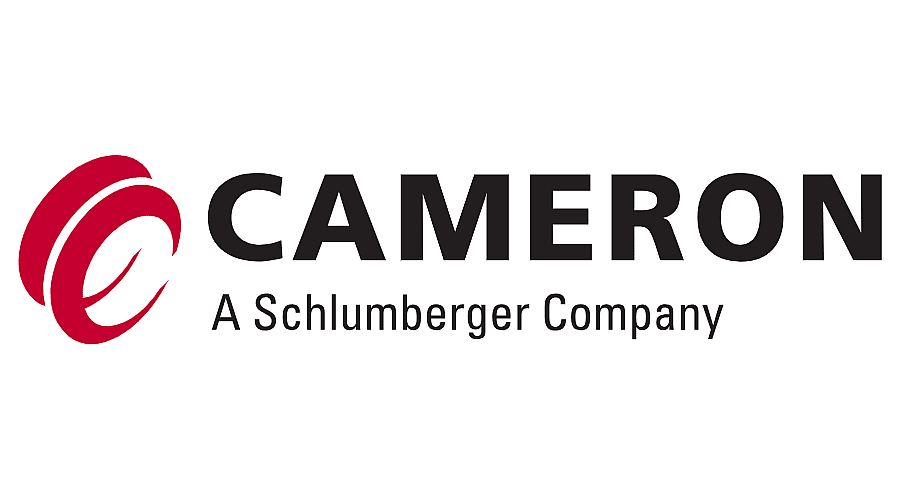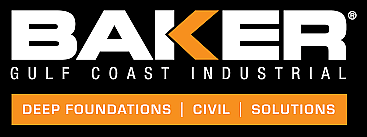Rethinking Cathodic Design & Protection: Current Trends and Best Practices
As of 2022, around 32 major oil refineries were operating in Texas. While only a small portion of the total oil distribution around the globe, imagine if even one of these structures had a massive failure or spill due to corrosive piping.
Oil is only one industry where integrating well-thought-out cathodic protection design is crucial to everyday operations. Everything from natural gas to marine research and more is in crucial need of cathodic protection not only because it ensures infrastructure longevity, but also because it reduces costly long-term repairs.
At Dreiym Engineering, we stay on top of leading trends and best practices within cathodic protection design, so when we evaluate, audit, or create systems for our clients, long-term protection and ROI are evident. Here is a sampling of innovations we are seeing right now.
Top Trends in Cathodic Pressure Design
While countless innovations are hitting the industry, we want to ensure you are getting the crucial information directly impacting the clients, businesses, and locations we service the most – especially in the southwest territory. There are plenty of others we are seeing that we would love to introduce you to. Buchen Sie eine Beratung with our team to learn more. In the meantime, here are some of the more popular trends.
Advancements in Cathodic System Materials and Technologies
Novel alloy compositions are being slowly introduced into the cathodic protection industry. These alloys provide a much more uniform current distribution when infused with electrochemical properties. As a more secure system envelopes your infrastructure, you get broader protection through increased resistance to passivation. These new composites are changing how often replacements must be made by extending the operational lifespan of current systems.
In some unique cases, such advances include nanotechnology. Nanocoating offers advanced polymer coatings that directly fight the effects of corrosion, especially in challenging environments like high salinity or fluctuating temperatures.
Integration of Smart Technologies in Cathodic Protection
IoT (Internet of Things) empowers businesses of all sizes and scope to receive real-time updates on current systems. This boosts monitoring capabilities so that when an error or failure happens, you have faster, actionable response times, lowering the financial losses and operational downtime you want to avoid.
When combined with data analytics, your business’s decision-making capabilities exponentially grow. Predictive maintenance is turned into an algorithm where forecasts are based on historical data gathered from IoT devices periodically placed throughout the cathodic protection design. In turn, that optimizes maintenance schedules, leading to far more efficient use of human assets and mitigating risks or compliance so your business remains above ground.
Automated and Responsive Cathodic Protection Systems
Automation is a significant industry “buzz” word. Current ICCP (Impressed Current Cathodic Protection) systems can be automated using the same real-time responses. Everything from changes in soil resistivity to increases in moisture to fluctuating temperatures can be actively reported. That kind of dynamic responsiveness is precisely what you want to reduce wasteful repairs and stick to areas that are only in need when they are actually facing an issue.
This automation also improves energy efficiency and sustainability, which your business can celebrate in newsletters and stakeholder meetings. You’ll be able to cut operational costs and carbon footprints, ensuring your business and structures remain aligned with current environmental concerns.
Changing Power Sources for Cathodic Protection
Rund um 6% of Texas’ energy generation in 2022 is from solar power. While Dreiym Engineering works beyond the Texas state borders, we are thrilled to see such innovations in renewable energy being implemented statewide.
The adoption of such technologies helps in the field of cathodic protection troubleshooting. It means you have a far more cost-effective solution, especially if your current location is far from the traditional grid network where electricity costs are at a premium.
Considering the rapid development of more efficient renewable energy, this can only help your protection levels. Solar has advanced and evolved. A panel in 2019 was 37% more efficient than one in 2010, and those numbers have only gotten better since then.
Enhancing Protection with Advanced Coating Technologies
Finally, we must acknowledge the advances in newer coating technologies. The introduction of self-healing coatings stands to revolutionize how cathodic protection design works. Minor damage can be autonomously repaired to maintain an uninterrupted protective barrier that reduces the need to conduct costly repairs and inspections.
Some unique cathodic protection systems are being designed using dual layers to enhance protection and complement the energy spread throughout it. The more efficiently such flow operates, the lower the chances of failure or corrosion (and expenses).
As you can see, these advances are critical to the industry’s future, and we are already seeing them implemented in modern facilities or by those looking to upgrade to a scalable cathodic protection design.
How to Proactively Maintain Your Cathodic Protection System
To maximize your current cathodic protection system, you should seek to fully service it at least every two to four years, with more frequent inspections if you are in an at-risk industry.
You can do some minor testing on your own using portable voltmeters, soil meters, and other such tools, but there are precautions that could place your team members at risk. In addition, you will need to turn specific circuits off to address any shorts (especially during times of high moisture like recent rainfall).
In general, you want to run tests like:
- Pipe-to-Soil Voltage
- Affirm Pipe Continuity
- Test Anode Voltage Output
- Examine Anode-to-Pipe Flow
However, you always want to ensure you have updated and well-maintained tools and equipment. Otherwise, you run the risk of damage to your systems and your team members. With the proper maintenance practices in place and regular testing, you can further extend the lifespan of your cathodic protection design and avoid costly repairs due to a lack of information.
The better option is to hire a professional team to conduct inspections on your behalf. Using a respected and unbiased third-party provider also boosts your trust with your customers and stakeholders.
Wie Dreiym Engineering helfen kann
For years, our team at Dreiym Engineer PLLC has worked with various businesses and industries, offering professional and accurate anticorrosion engineering services. We use modern cathodic protection services based on the recommendations and implementation of solutions from our National Associate of Corrosion Engineers certified CP4 professionals.
We are prepared to offer services in both sacrificial and impressed current systems for clients leveraging underground pipelines, submarine pipelines, and above-ground/underground storage tanks. We can help build the maintenance, testing, and proactive cathodic protection troubleshooting you need to remain safe, efficient, and compliant.
Give us a call today and book a consultation. The last thing you want to be worried about is a pipeline failure due to unwanted corrosion. Give your stakeholders and team members peace of mind by letting our team design, implement, and inspect your systems.
Fazit
While the world of cathodic protection design may not seem all that exciting, the technologies and new implementation methods are just the opposite. It seems like every year, innovations are redefining how we design and build robust systems. All these advancements are precisely what your business needs to further prevent corrosion and find a more balanced energy use.
We will do our part at Dreiym Engineering by staying well-informed of the new technologies as they continue to evolve. That is the best way to pass on these new techniques and materials to all our clients so your efficiency, protection, and reassurance are solidified.
If you have a question about how cathodic protection design can improve your operations, don’t hesitate to give us a call at Dreiym Engineering.











